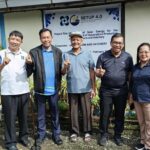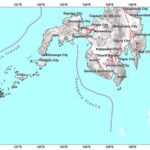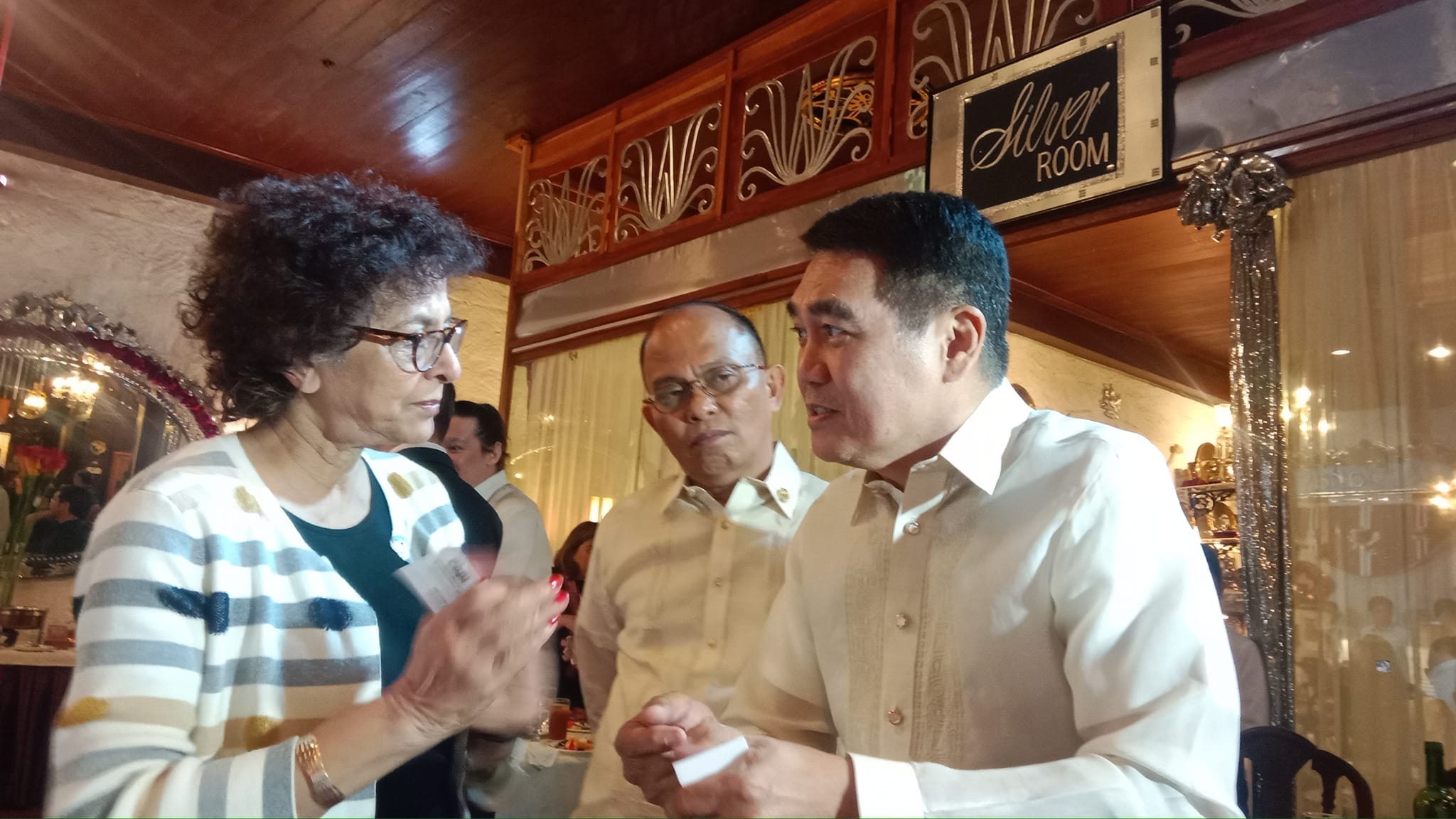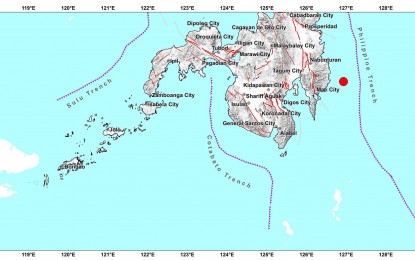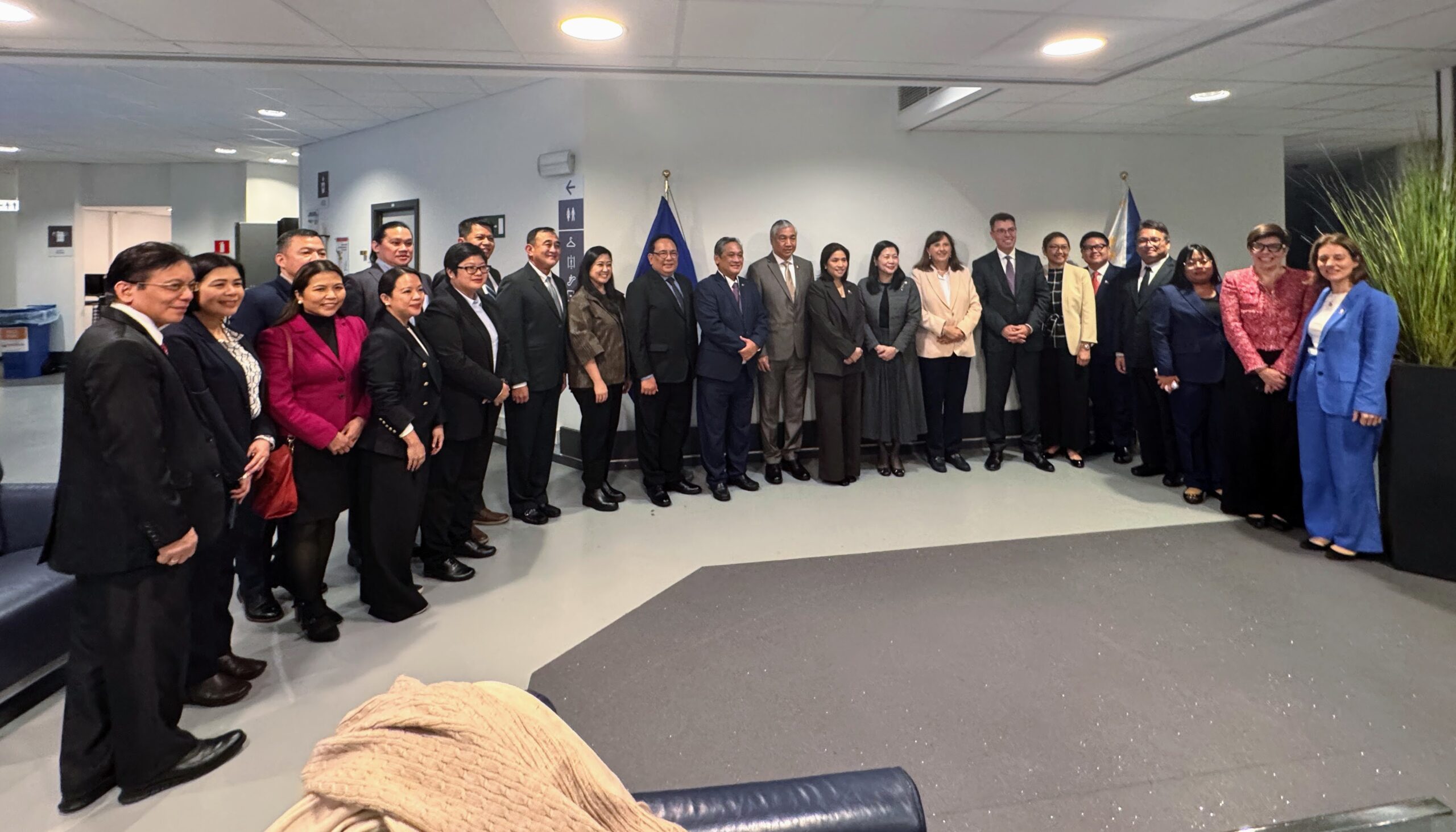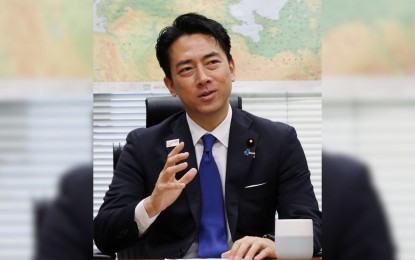“I BELIEVE that all we need is collaboration among government and private agencies to protect our rank and other members of the press, because the mechanisms are already in place.”
Thus, said Nelson S. Santos, national president of the Publishers Association of the Philippines, Inc. (PAPI), in reference to the proposal of the Commission on Human Rights (CHR) to create a separate media alert mechanism to be called, ‘Alert system for media human rights violations (ALISTO).”
He echoed the stand of Presidential Task Force on Media Security (PTFoMS) through Undersecretary Paul M. Gutierrez, who said that there are already existing and functioning mechanisms to protect the members of the press from any violation of their right to life, liberty, and security.
Santos said that with CHR’s issuance of a statement this week urging the Executive Branch to “provide sufficient mechanisms” to ensure a safer environment for media workers, “it seemingly undermined the capability of PTFoMS to protect media people.”
It can be recalled that even UN Special Rapporteur on Freedom of Opinion and Expression (UNSR-FOE) Irene Khan recognized the power of PTFoMS, following her visit to the country last February 2, which she said is the ‘main mechanism for the safety of journalists.’
“Why don’t we just help each other – the PTFoMS, PAPI, the National Union of Journalists of the Philippines (NUJP), ALISTO, the Presidential Commission Office (PCO), Center for Media Freedom and Responsibility (CMFR) and other agencies. Collaboration is the key here,” Santos stressed. “Let’s put our acts together.” With the above agencies in mind, any potential perpetrator against media people will have a second thought in attacking newspeople, Santos said.
Stakeholders in the media industry should likewise join.



